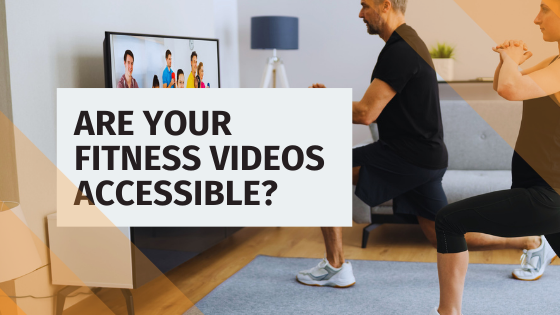As technology continues to advance, so do the ways we can stay fit and healthy. One of the best things about our new age is that you no longer need to go to the gym or buy a membership in order to get some exercise. The good news is that many fitness service providers are now focusing on making their already existing online offerings widely available or putting online content for the first time.
The Switch to Online Business
Due to the closure of gyms owing to the pandemic, many fitness professionals have taken their businesses online. There are apps available for all types of exercises and workouts that you can complete right from your home! These apps tell you how many calories you have burnt, what’s your heart rate and how many steps you have walked.
Some people prefer to use fitness apps because they are convenient and allow them to accomplish several workouts in one sitting. A person can sit at home and watch tutorial videos and carry out their workout regime without the hassle of actually going to the gym. The essence of every fitness app lies in the videos.
Why Videos? Why make it Accessible?
Videos are a great way to increase traffic, creating a lasting impression and engaging your audience better. Compared to text, videos make it easier for your viewers to consume and retain information. However, not all videos are created equally.
A lot of people have been talking about making videos accessible lately. The concept is pretty simple: you include text descriptions for non-visual learners, and make sure that your video files are properly tagged with relevant data so that screen readers can understand the content being displayed on the screen. Just because someone can’t see what’s happening in your video doesn’t mean they shouldn’t be able to understand it.
It’s important that you pay attention on how to embed subtitles in the video, how to caption the video, how to provide a transcript with details of what was said in the video or how to make the video captions searchable with Google.
Apple’s accessibility update for its Apple Fitness + app makes it accessible and inclusive for people with and without disabilities. The new app makes fitness more accessible and inclusive, and it’s all done for a good reason. There are a number of inclusive exercise videos and fitness apps that offer customized exercise programs for people with different types of disabilities.
How to make fitness videos accessible?
Video is an extremely flexible medium for creating educational content. It can be used for training, tutorials, interviews, short films, and more. In fact, 83% of people who watch videos online share the videos they like with others. One of the biggest advantages of video is that you can edit it in post-production to make a product or process more understandable.
- Providing Captions : Captions are text versions of the audio content, synchronized with the video that are essential for people with disabilities who are deaf or hard of hearing and also for people in sound – sensitive environments. WCAG Success Criterion 1.2.2 Captions (level A) mentions captions should be “provided for all prerecorded audio content in synchronized media, except when the media is a media alternative for text and is clearly labeled as such.” There are free tools available online like Otter.ai, Amara, YouTube Automatic Subtitles etc. that makes it possible to caption your video or you can outsource it for a fee.
- Providing Audio Description : Audio description is a narration that describes visual action taking place in a video. It is typically used to make visual media accessible to people who are blind or have low vision. The most common audio description standard is called “narrative description”, where the narrator describes what can be heard and seen, while not describing anything that cannot be heard (i.e., without telling the viewer what to think). In addition, there are descriptive systems for those who have difficulty seeing the screen, such as closed captioning, which may be used in conjunction with audio description.
- Consider using an accessible media player : If you want to increase the number of people who view your videos, you should consider using an accessible media player. Consider using a video player with controls that are clearly identified, provide clear labels and that provide keyboard support.
The Support
Highlight your online fitness business by embracing diversity, inclusiveness, and proving that your online classes meet the needs of everyone who tunes in to them. Use text and images to communicate that working out with you is beneficial and accessible to everyone. Get in touch with us at sales@barrierbreak.com if you need any more information in making your fitness apps or videos accessible and inclusive.
